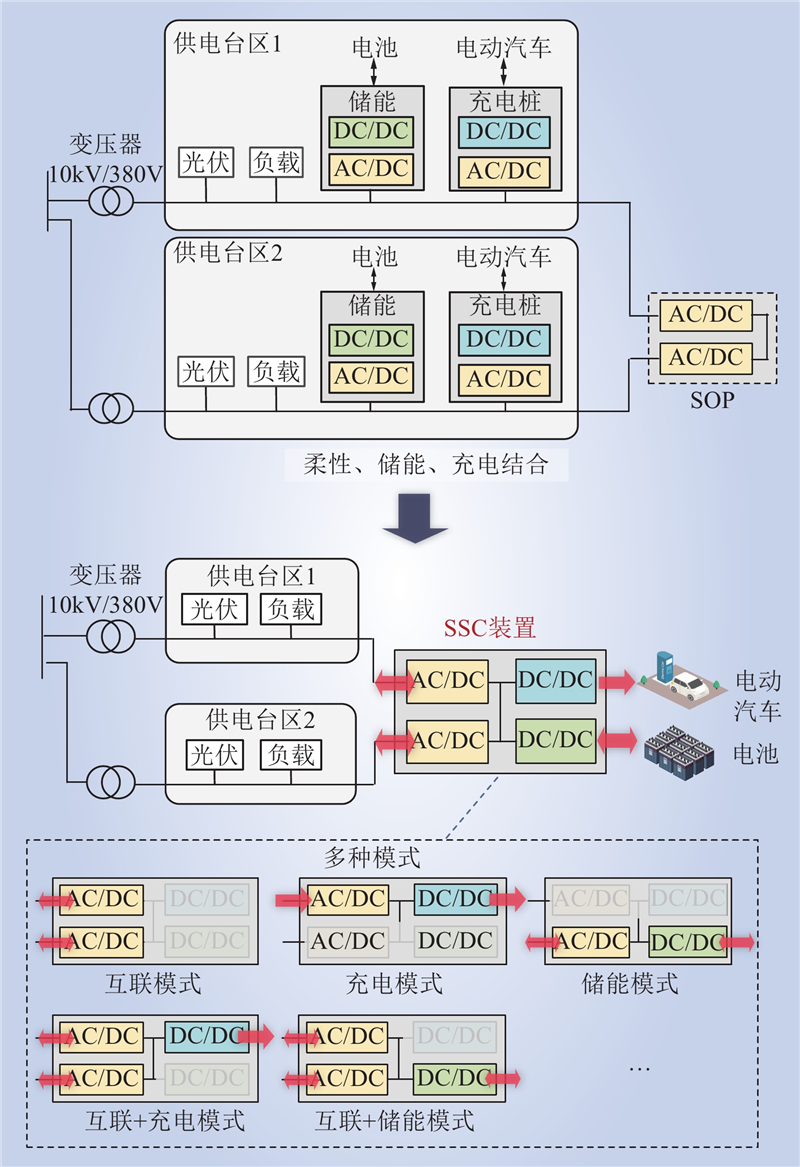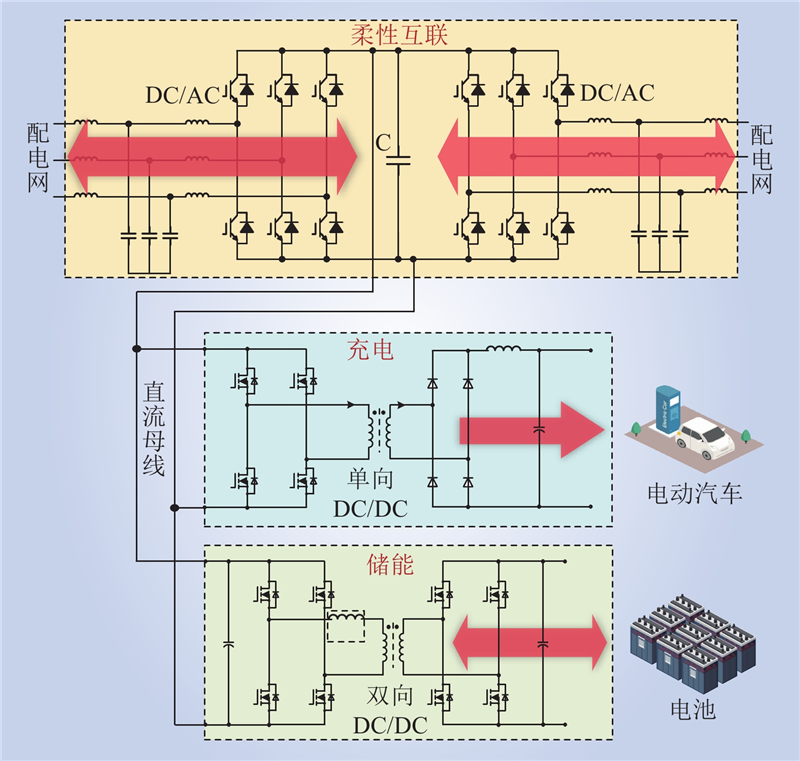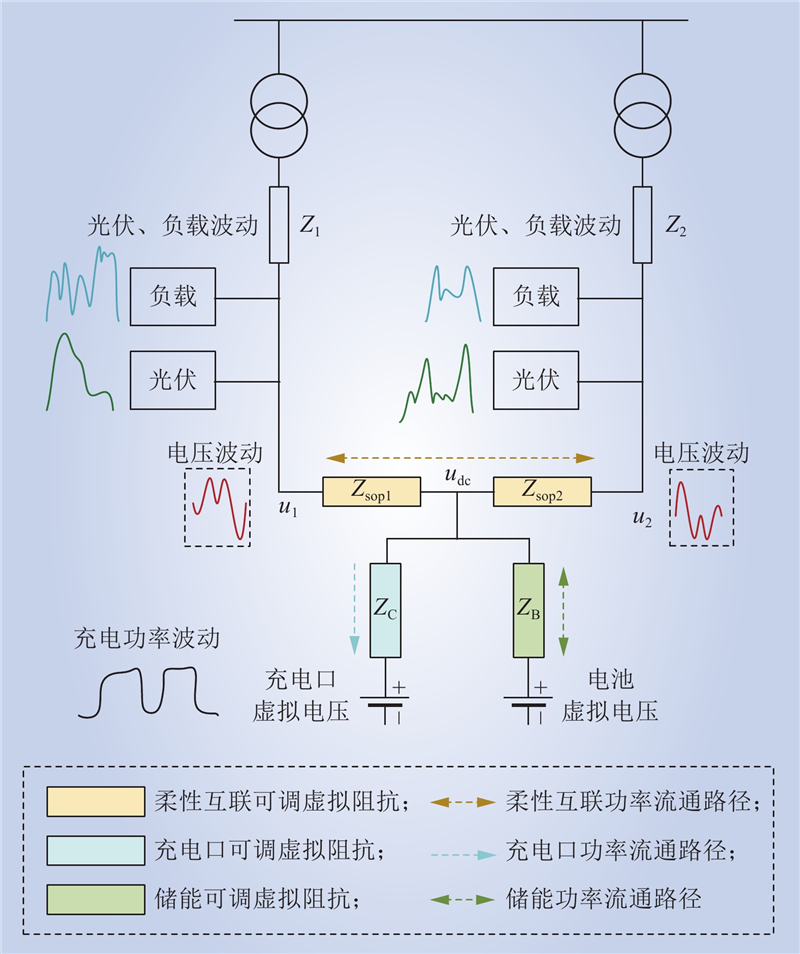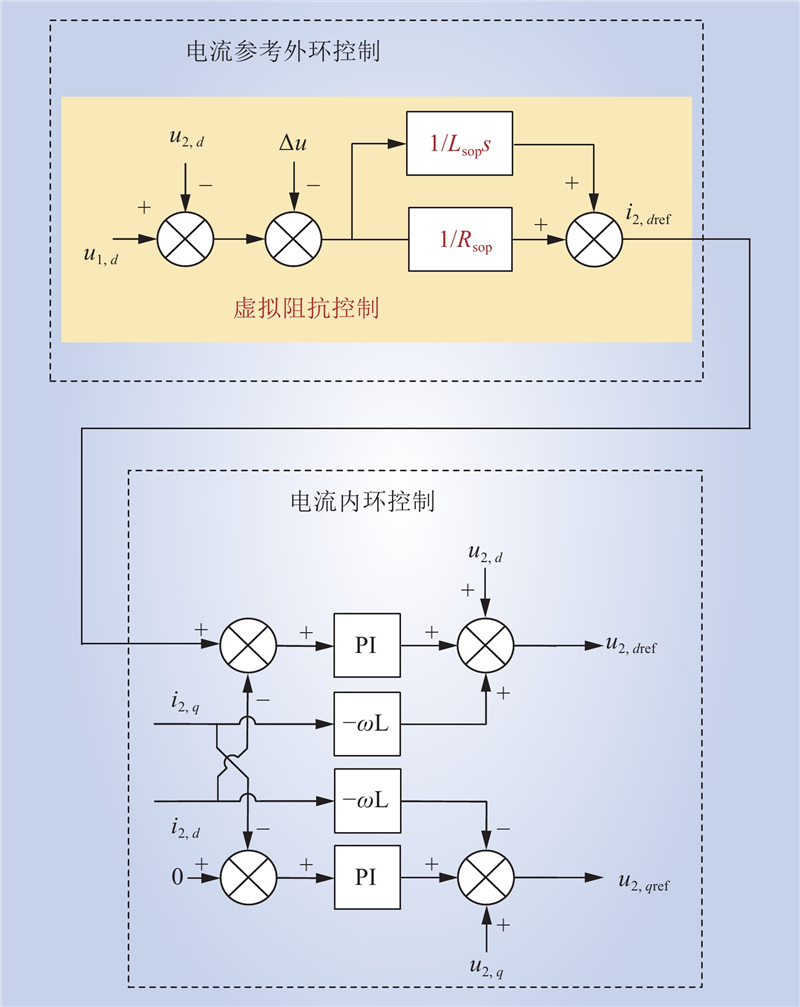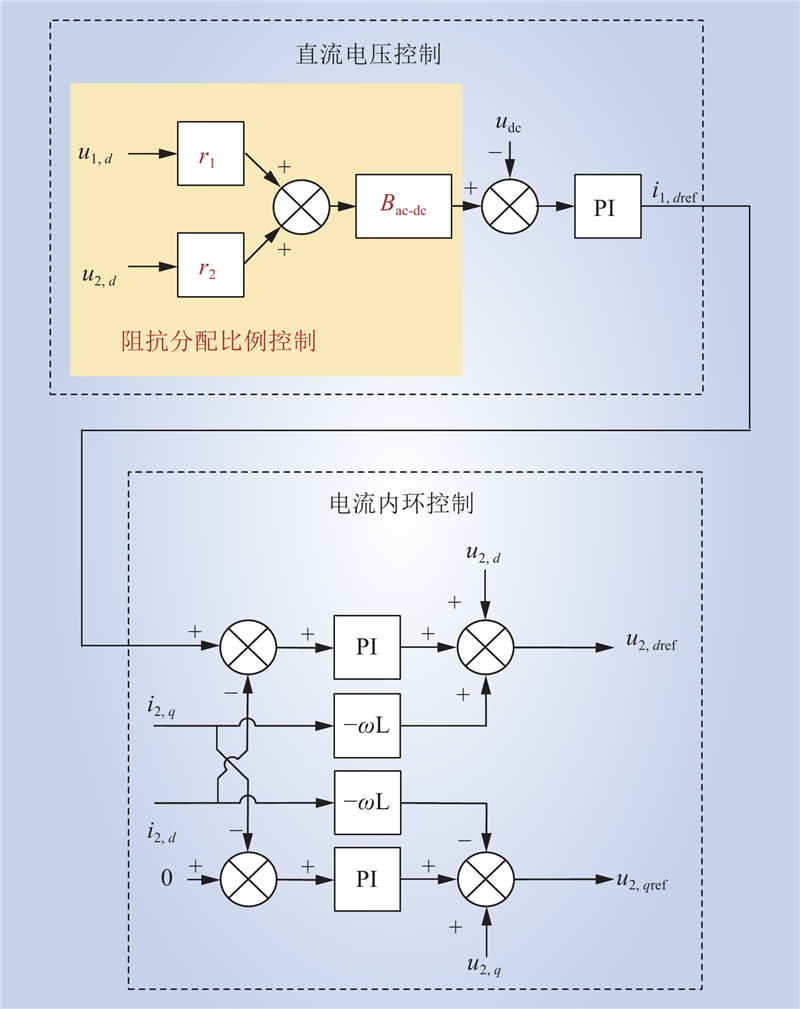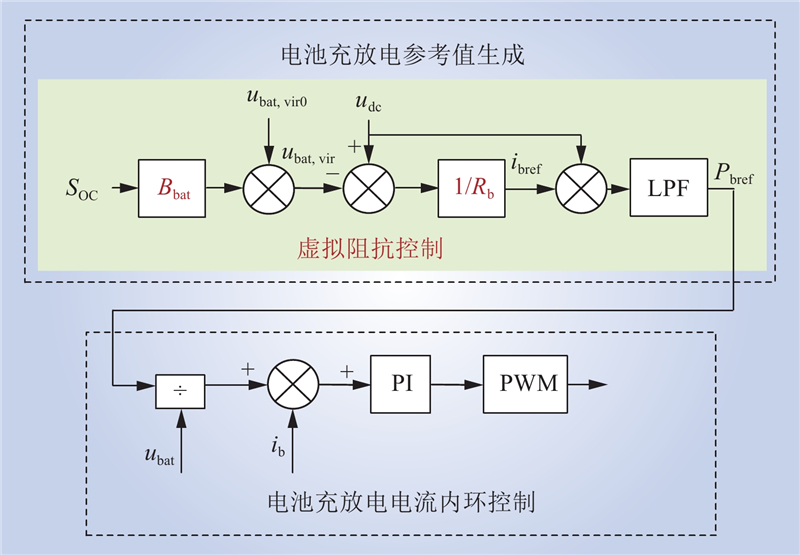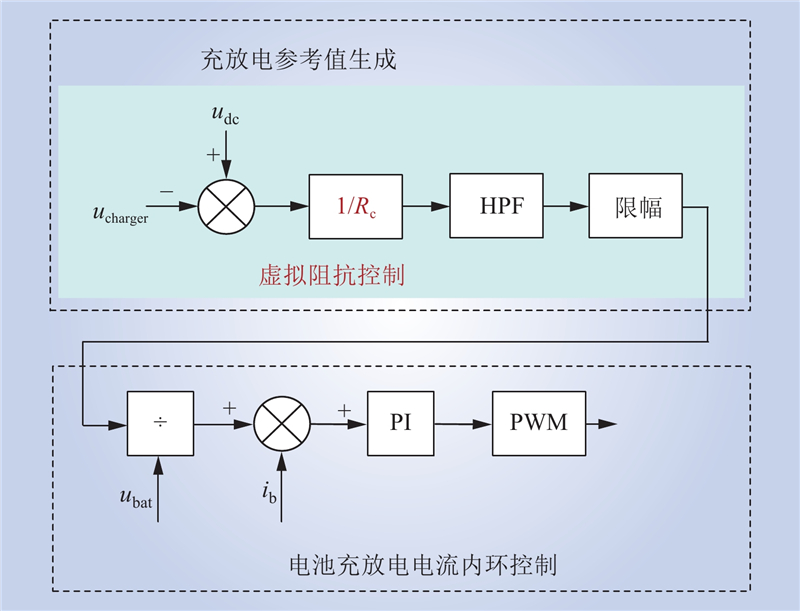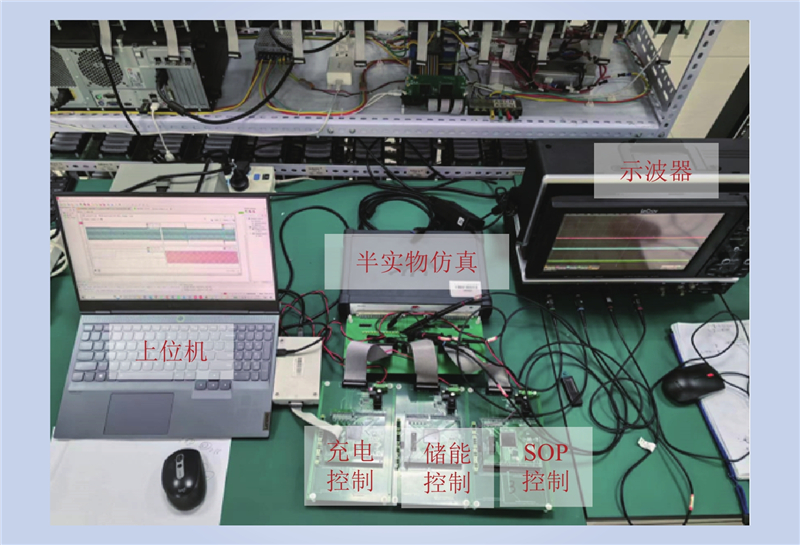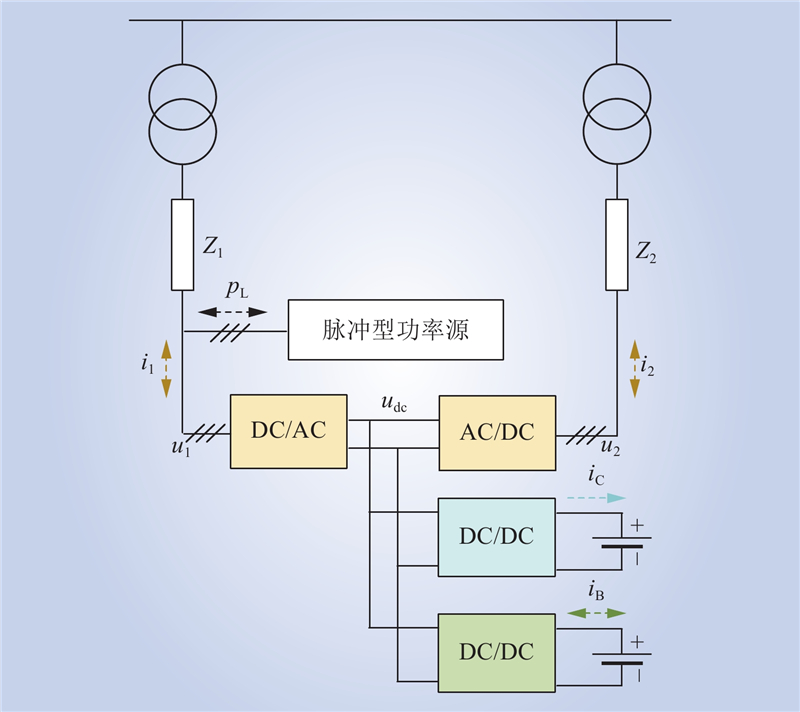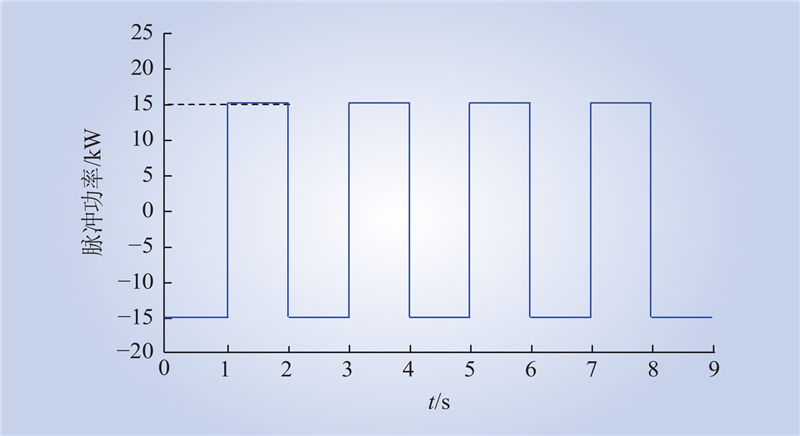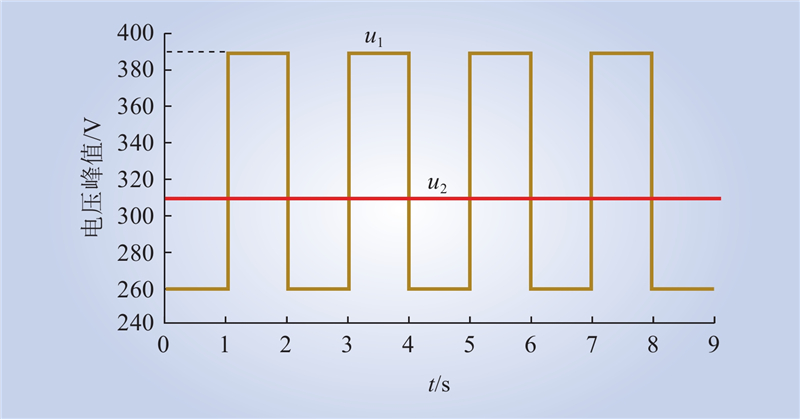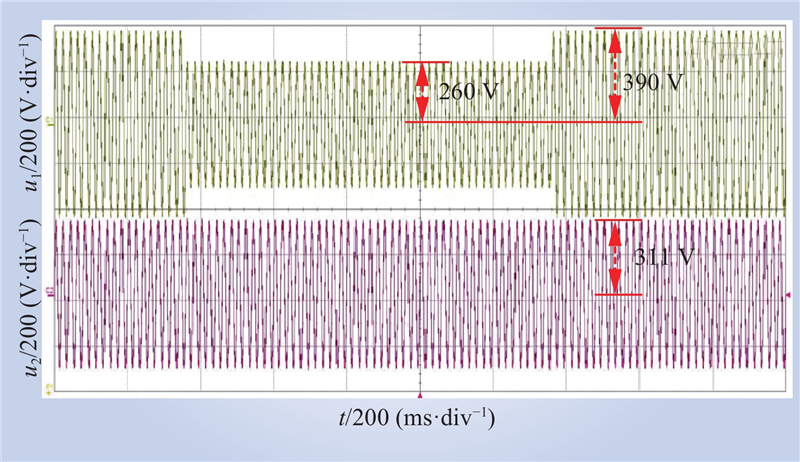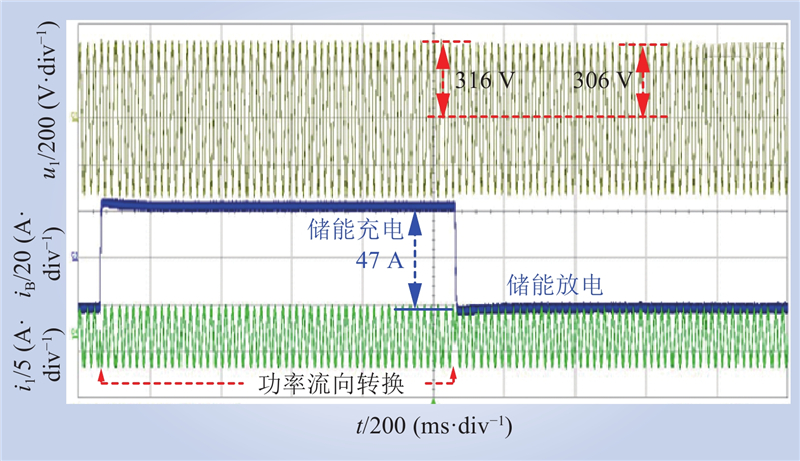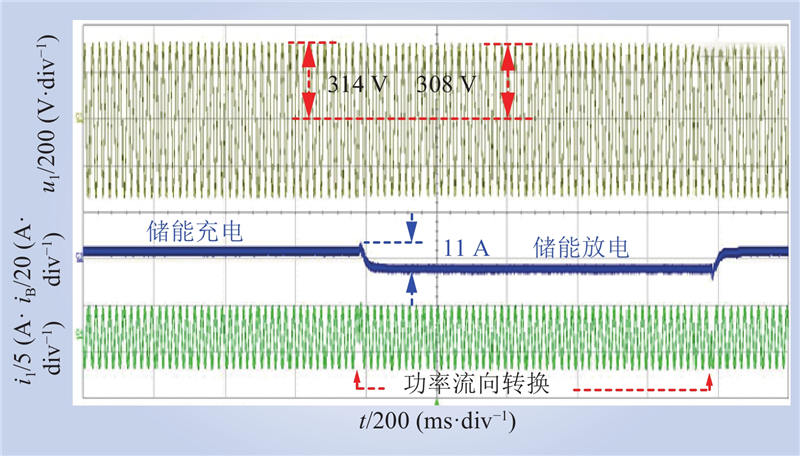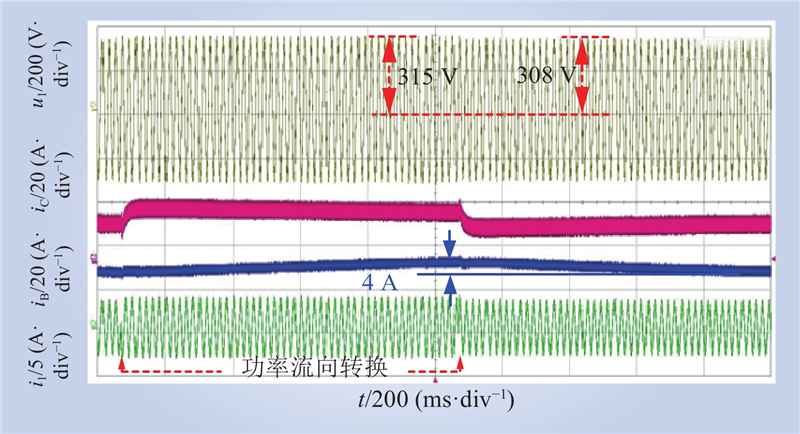| 1 |
陈春, 曹伯仲, 曹一家, 等. 高比例分布式电源接入下基于变分模态分解的励磁涌流辨识[J]. 电力系统保护与控制, 2024, 52 (20): 94- 104.
|
|
CHEN Chun, CAO Bozhong, CAO Yijia, et al. Identification of inrush current based on variational modal decomposition under ahigh proportion of distributed generation[J]. Power System Protection and Control, 2024, 52 (20): 94- 104.
|
| 2 |
施晓蓉, 李谟发, 周献. 逆变型分布式电源接入配电网的电流纵联保护研究[J]. 电力科学与技术学报, 2023, 38 (5): 143- 149.
|
|
SHI Xiaorong, LI Mofa, ZHOU Xian. Research on current longitudinal protection of distribution networksconnected to inverter interfaced distributed generation[J]. Journal of Electric Power Science and Technology, 2023, 38 (5): 143- 149.
|
| 3 |
彭寒梅, 尹棠, 肖千皓, 等. 高比例分布式电源配电网中低压柔性互联协调规划[J]. 中国电力, 2024, 57 (8): 117- 129.
|
|
PENG Hanmei, YIN Tang, XIAO Qianhao, et al. Coordinated planning of medium-voltage and low-voltage flexibleInter connection for distribution networks with high proportion of distributed generation[J]. Electric Power, 2024, 57 (8): 117- 129.
|
| 4 |
米阳, 申杰, 卢长坤, 等. 考虑含储能的三端智能软开关与需求侧响应的主动配电网有功无功协调优化[J]. 电力系统保护与控制, 2024, 52 (3): 104- 118.
|
|
MI Yang, SHEN Jie, LU Changkun, et al. Active and reactive power coordination optimization of an active distribution network consideringa three-terminal soft open point with energy storage and demand response[J]. Power System Protection and Control, 2024, 52 (3): 104- 118.
|
| 5 |
贺悝, 郭罗权, 谭庄熙, 等. 高比例新能源电网中储能调频死区优化设定控制策略[J]. 电力系统保护与控制, 2024, 52 (18): 65- 75.
|
|
HE Li, GUO Luoquan, TAN Zhuangxi, et al. Improved dead zone setting of a frequency regulation strategy for energy storage withhigh penetration of RESs[J]. Power System Protection and Control, 2024, 52 (18): 65- 75.
|
| 6 |
王成山, 孙充勃, 李鹏, 等. 基于SNOP的配电网运行优化及分析[J]. 电力系统自动化, 2015, 39 (9): 82- 87.
|
|
WANG Chengshan, SUN Chongbo, LI Peng, et al. SNOP-based operation optimization and analysis of distribution networks[J]. Automation of Electric Power Systems, 2015, 39 (9): 82- 87.
|
| 7 |
熊正勇, 苗虹, 曾成碧. 基于智能软开关与储能系统联合的有源配电网运行优化[J]. 电测与仪表, 2020, 57 (13): 33- 39.
|
|
XIONG Zhengyong, MIAO Hong, ZENG Chengbi. Operation optimization of active distribution network based on smart soft open point and energy storage system[J]. Electrical Measurement & Instrumentation, 2020, 57 (13): 33- 39.
|
| 8 |
沈阳武, 彭晓涛, 孙元章. 背靠背双PWM变流器的协调控制策略[J]. 电网技术, 2012, 36 (1): 146- 152.
|
|
SHEN Yangwu, PENG Xiaotao, SUN Yuanzhang. Study on cooperative control strategies of back-to-back dual-PWM converter[J]. Power System Technology, 2012, 36 (1): 146- 152.
|
| 9 |
董旭柱, 刘志文, 李鹏等. 基于多端柔性多状态开关的智能配电网调控技术[J]. 中国电机工程学报, 2018, 38 (S1): 86- 92.
|
|
DONG Xuzhu, LIU Zhiwen, LI Peng, et al. Intelligent distribution network control technology based on multi-terminal flexible distribution switch[J]. Proceedings of the CSEE, 2018, 38 (S1): 86- 92.
|
| 10 |
AITHAL A, LONG C, CAO W Y, et al. Impact of soft open point on feeder automation[C]//2016 IEEE International Energy Conference (ENERGYCON). Leuven, Belgium. IEEE, 2016.
|
| 11 |
LI P, JI H R, YU H, et al. Combined decentralized and local voltage control strategy of soft open points in active distribution networks[J]. Applied Energy, 2019, 241, 613- 624.
DOI
|
| 12 |
孟明, 魏怡, 朱国林, 等. 基于智能软开关的交直流主动配电网优化控制策略研究[J]. 现代电力, 2019, 36 (2): 1- 7.
DOI
|
|
MENG Ming, WEI Yi, ZHU Guolin, et al. Research on optimal control strategy of AC/DC active distribution networks based on soft open point[J]. Modern Electric Power, 2019, 36 (2): 1- 7.
DOI
|
| 13 |
张国荣, 罗柳, 彭勃, 等. 基于柔性多状态开关的有源配电网双层优化方法[J]. 电测与仪表, 2020, 57 (24): 58- 65.
|
|
ZHANG Guorong, LUO Liu, PENG Bo, et al. Bi-level optimization method for active distribution network based on soft open point[J]. Electrical Measurement & Instrumentation, 2020, 57 (24): 58- 65.
|
| 14 |
刘玉洁, 袁旭峰, 邹晓松, 等. 基于柔性多状态开关的分布式电源消纳技术评述[J]. 电测与仪表, 2022, 59 (7): 1- 8.
|
|
LIU Yujie, YUAN Xufeng, ZOU Xiaosong, et al. Review of distributed power supply dissipation technology based on soft open point[J]. Electrical Measurement & Instrumentation, 2022, 59 (7): 1- 8.
|
| 15 |
刘联涛, 刘飞, 吉平, 等. 储能参与新能源消纳的优化控制策略[J]. 中国电力, 2023, 56 (3): 137- 143.
|
|
LIU Liantao, LIU Fei, JI Ping, et al. Research on optimal control strategy of energy storage for improving new energy consumption[J]. Electric Power, 2023, 56 (3): 137- 143.
|
| 16 |
靳文涛, 李建林. 电池储能系统用于风电功率部分“削峰填谷” 控制及容量配置[J]. 中国电力, 2013, 46 (8): 16- 21.
DOI
|
|
JIN Wentao, LI Jianlin. BESS for wind power "peak shaving" Control and capacity configuration[J]. Electric Power, 2013, 46 (8): 16- 21.
DOI
|
| 17 |
陈亮, 黄强, 贾萌萌, 等. 基于柔性直流互联的交直流混合配电网建模与仿真分析[J]. 电网技术, 2018, 42 (5): 1410- 1417.
|
|
CHEN Liang, HUANG Qiang, JIA Mengmeng, et al. Modeling and simulation analysis of hybrid AC/DC distribution network based on flexible DC interconnection[J]. Power System Technology, 2018, 42 (5): 1410- 1417.
|
| 18 |
朱克平, 江道灼, 胡鹏飞. 含电动汽车充电站的新型直流配电网研究[J]. 电网技术, 2012, 36 (10): 35- 41.
|
|
ZHU Keping, JIANG Daozhuo, HU Pengfei. Study on a new type of DC distribution network containing electric vehicle charge station[J]. Power System Technology, 2012, 36 (10): 35- 41.
|
| 19 |
高明非, 韩中合, 赵斌, 等. 区域综合能源系统多类型储能协同优化与运行策略[J]. 中国电力, 2024, 57 (9): 205- 216.
|
|
GAO Mingfei, HAN Zhonghe, ZHAO Bin, LI Peng, WU Di. Cooperative optimization and operational strategies for multi-type energy storage in regional integrated energy systems[J]. Electric Power, 2024, 57 (9): 205- 216.
|
| 20 |
王子琪, 张慧媛, 许军, 等. 基于改进人工蜂群算法的区域电网储能系统能量管理优化策略[J]. 中国电力, 2022, 55 (9): 16- 22, 55.
|
|
WANG Ziqi, ZHANG Huiyuan, XU Jun, et al. An energy management optimization strategy for regional power grid energy storage system based on improved artificial bee colony algorithm[J]. Electric Power, 2022, 55 (9): 16- 22, 55.
|
| 21 |
赵昕昕, 夏向阳, 曾小勇, 等. 基于混合粒子群优化的混合储能直流电源系统[J]. 中国电力, 2019, 52 (5): 104- 112.
|
|
ZHAO Xinxin, XIA Xiangyang, ZENG Xiaoyong, et al. Hybrid energy storage DC power supply system based on PSO-NM[J]. Electric Power, 2019, 52 (5): 104- 112.
|
| 22 |
时珊珊, 魏新迟, 张宇, 等. 考虑多模式融合的光储充电站储能系统优化运行策略[J]. 中国电力, 2023, 56 (3): 144- 153, 161.
|
|
SHI Shanshan, WEI Xinchi, ZHANG Yu, et al. Optimal operation strategy of energy storage system in photovoltaic-storage charging station considering multi-mode integration[J]. Electric Power, 2023, 56 (3): 144- 153, 161.
|
| 23 |
李建霞, 赵峰, 高锋阳. 基于HOMER和禁忌算法的高速公路光储充一体化电站容量优化[J]. 电源学报, 2022, 20 (6): 127- 136.
|
|
LI Jianxia, ZHAO Feng, GAO Fengyang. Hierarchical optimization for capacity of PV-integrated EV charging station on expressway based on HOMER and tabu algorithm[J]. Journal of Power Supply, 2022, 20 (6): 127- 136.
|
| 24 |
初壮, 孙旭, 赵蕾, 等. 含SOP的交直流混合配电网日前优化调度[J]. 电力系统及其自动化学报, 2024, 36 (1): 10- 16, 36.
|
|
CHU Zhuang, SUN Xu, ZHAO Lei, et al. Day-ahead optimal scheduling of AC/DC hybrid distribution network considering SOP[J]. Proceedings of the CSU-EPSA, 2024, 36 (1): 10- 16, 36.
|
| 25 |
马晓博, 陈敏, 周辛男. 微电网概率性最优的储能容量研究[J]. 中国电力, 2015, 48 (1): 131- 136.
|
|
MA Xiaobo, CHEN Min, ZHOU Xinnan. Study on the probabilistic optimal capacity of energy storage in microgrid[J]. Electric Power, 2015, 48 (1): 131- 136.
|
| 26 |
高文杰, 井天军, 杨明皓, 等. 微电网储能系统控制及其经济调度方法[J]. 中国电力, 2013, 46 (1): 11- 15.
DOI
|
|
GAO Wenjie, JING Tianjun, YANG Minghao, et al. Operation control and economic dispatch of energy storage system for micro-grid[J]. Electric Power, 2013, 46 (1): 11- 15.
DOI
|
| 27 |
王蕾, 李娜, 曾鸣. 基于动态规划的微网储能系统经济运行决策模型研究[J]. 中国电力, 2013, 46 (8): 40- 42, 47.
DOI
|
|
WANG Lei, LI Na, ZENG Ming. Profit maximization model for energy storage system in microgrids based on dynamic programming[J]. Electric Power, 2013, 46 (8): 40- 42, 47.
DOI
|
| 28 |
彭昊, 罗正经, 夏向阳, 等. 储能系统多电池簇健康状态均衡控制策略[J]. 中国电力, 2024, 57 (6): 45- 52.
|
|
LIU Liantao, LIU Fe, JI Ping, LIN Weifang, ZHANG Xiangcheng, TIAN Xu, GAO Fei. Research on Optimal Control Strategy of Energy Storage for Improving New Energy Consumption[J]. Electric Power, 2024, 57 (6): 45- 52.
|
| 29 |
BOSE B, GARG A, PANIGRAHI B K, et al. Study on Li-ion battery fast charging strategies: Review, challenges and proposed charging framework[J]. Journal of Energy Storage, 2022, 55, 105507.
DOI
|


